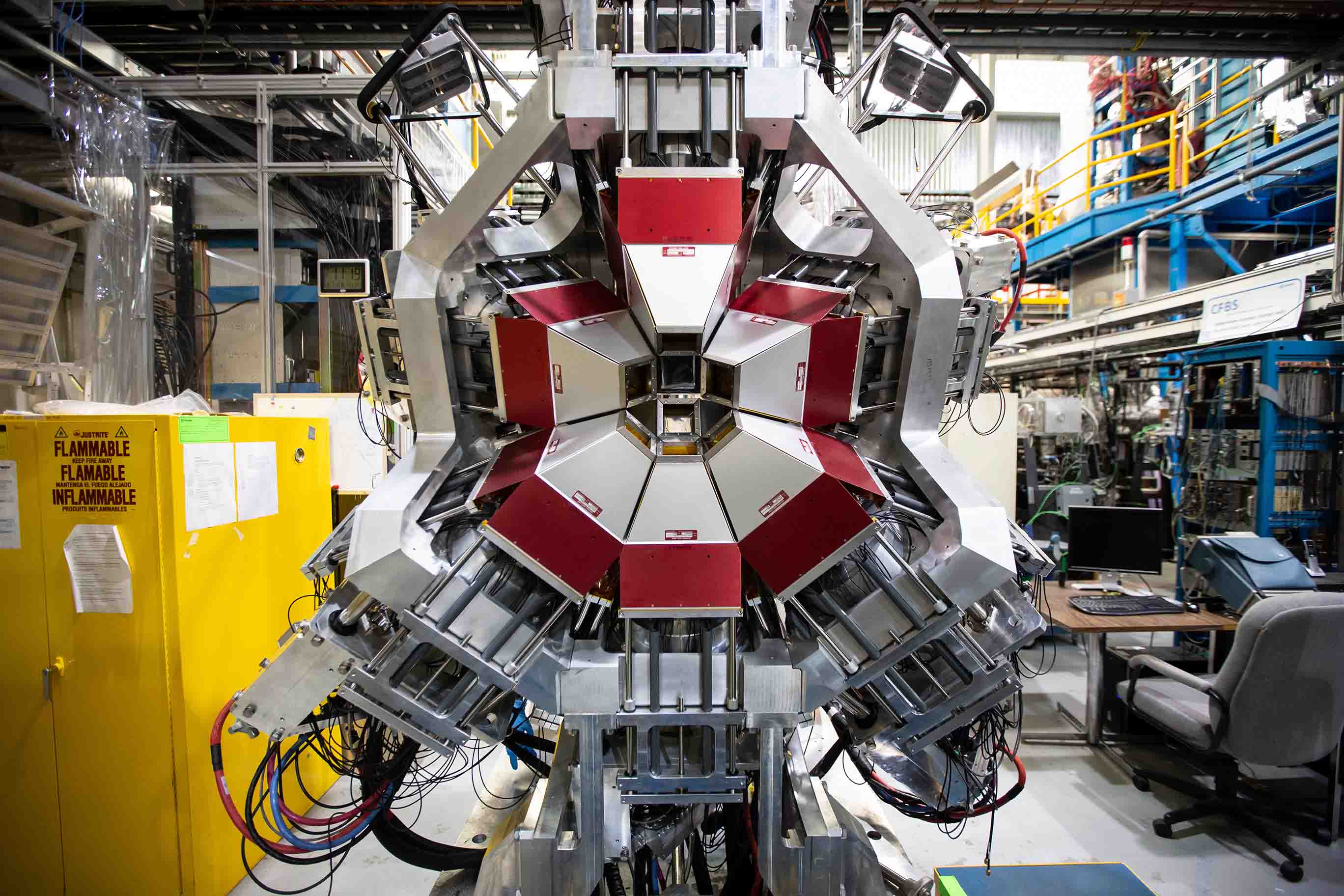HTCSS is a project housed within the Center for High Throughput Computing (CHTC) at the University of Wisconsin–Madison. This project receives funding support from the National Science Foundation (NSF) through the Partnership to Advance Throughput Computing (PATh).
HTCondor is a specialized workload management system for compute-intensive jobs. Like other full-featured batch systems, HTCondor provides a job queueing mechanism, scheduling policy, priority scheme, resource monitoring, and resource management. Users submit their serial or parallel jobs to HTCondor, HTCondor places them into a queue, chooses when and where to run the jobs based upon a policy, carefully monitors their progress, and ultimately informs the user upon completion.
While providing functionality similar to that of a more traditional batch queueing system, HTCondor's novel architecture allows it to succeed in areas where traditional scheduling systems fail. HTCondor can be used to manage a cluster of dedicated compute nodes (such as a "Beowulf" cluster). In addition, unique mechanisms enable HTCondor to effectively harness wasted CPU power from otherwise idle desktop workstations. For instance, HTCondor can be configured to only use desktop machines where the keyboard and mouse are idle. Should HTCondor detect that a machine is no longer available (such as a key press detected), in many circumstances HTCondor is able to transparently produce a checkpoint and migrate a job to a different machine which would otherwise be idle. HTCondor does not require a shared file system across machines - if no shared file system is available, HTCondor can transfer the job's data files on behalf of the user, or HTCondor may be able to transparently redirect all the job's I/O requests back to the submit machine. As a result, HTCondor can be used to seamlessly combine all of an organization's computational power into one resource.
The ClassAd mechanism in HTCondor provides an extremely flexible and expressive framework for matching resource requests (jobs) with resource offers (machines). Jobs can easily state both job requirements and job preferences. Likewise, machines can specify requirements and preferences about the jobs they are willing to run. These requirements and preferences can be described in powerful expressions, resulting in HTCondor's adaptation to nearly any desired policy.
HTCondor can be used to build Grid-style computing environments that cross administrative boundaries. HTCondor's "flocking" technology allows multiple HTCondor compute installations to work together. HTCondor incorporates many of the emerging Grid and Cloud-based computing methodologies and protocols. For instance, HTCondor-G is fully interoperable with resources managed by Globus.
HTCondor is the product of years of research by the Center for High Throughput Computing in the Department of Computer Sciences at the University of Wisconsin-Madison (UW-Madison), and it was first installed as a production system in the UW-Madison Department of Computer Sciences over 15 years ago. This HTCondor installation has since served as a major source of computing cycles to UW-Madison faculty and students. Additional HTCondor installations have been established over the years across our campus and the world. Hundreds of organizations in industry, government, and academia have used HTCondor to establish compute installations ranging in size from a handful to many thousands of workstations.
The HTCondor software, source code, and complete documentation are freely available under an open source license. Linux, MacOS, and Windows platforms are supported.
